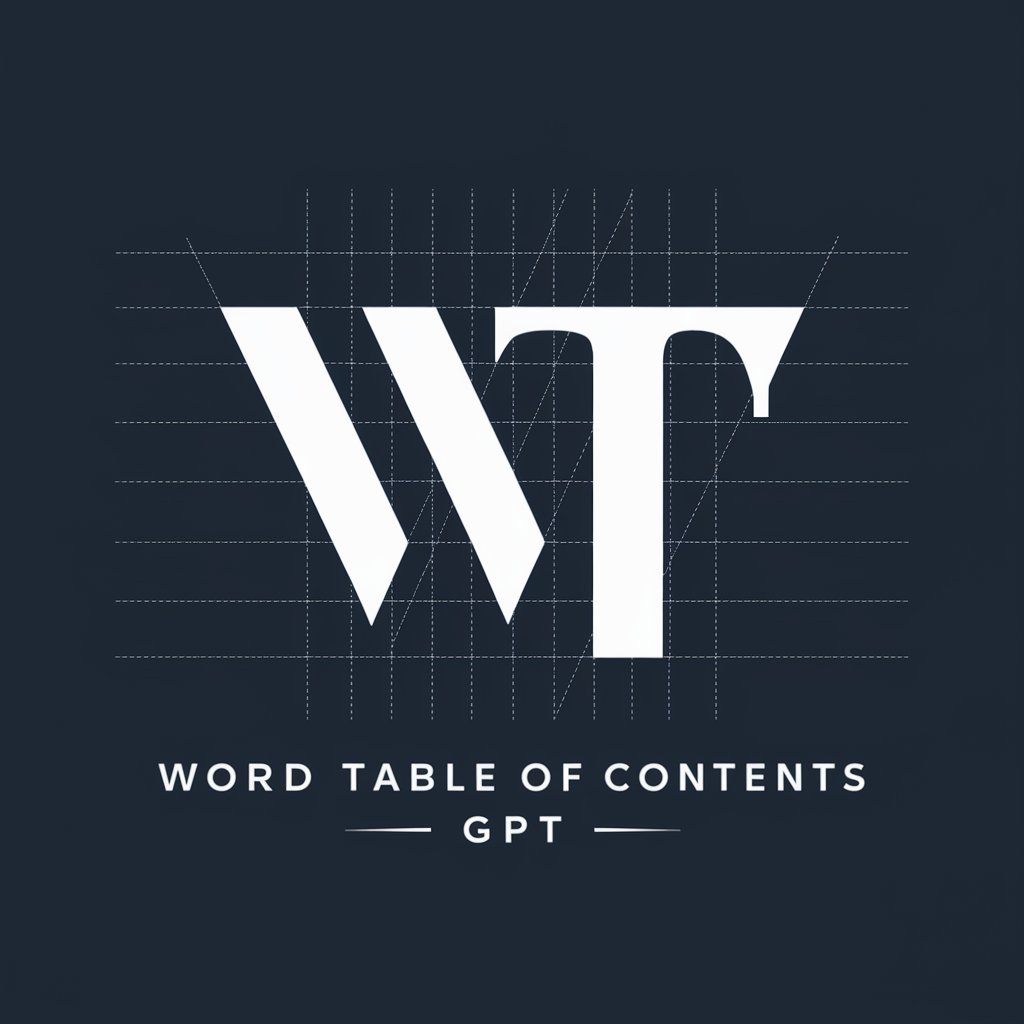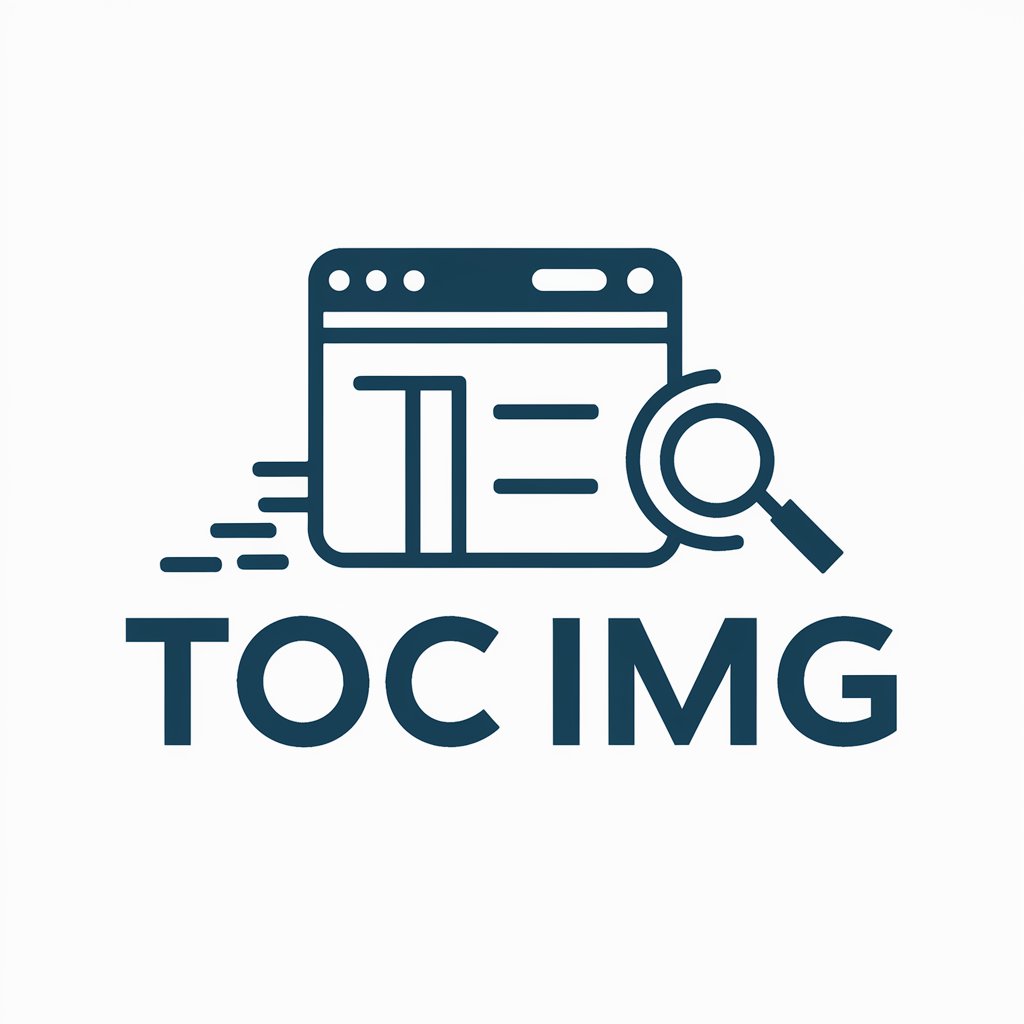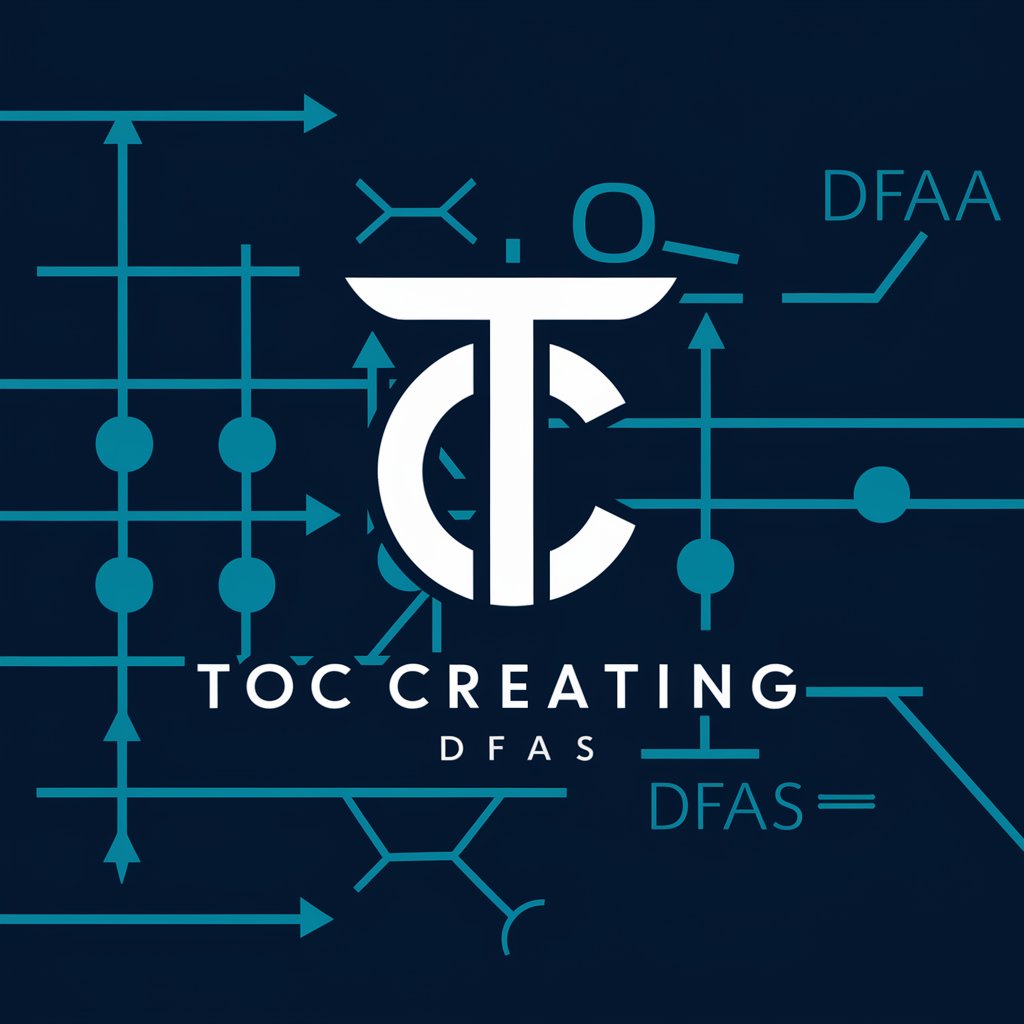
TOC Grammars - Grammar Analysis Tool
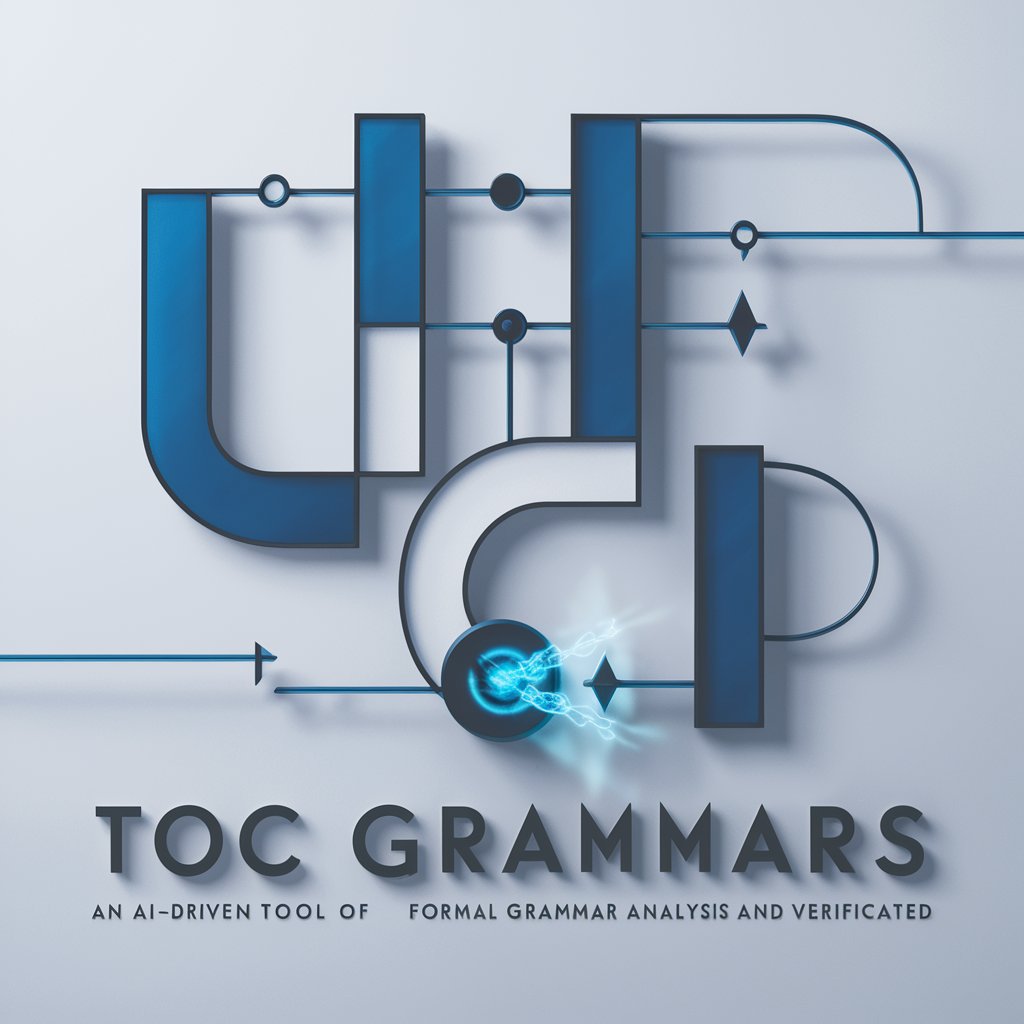
Hello! Need help with grammar verification and analysis? Let's dive in!
Empowering your grammar analysis with AI
Explain the rules for constructing a valid formal grammar.
How do you verify that two sets in a grammar are disjoint?
What is the significance of the start symbol in a formal grammar?
Describe the process of generating a language from a given set of production rules.
Get Embed Code
Overview of TOC Grammars
TOC Grammars, short for Theory of Computation Grammars, are designed specifically to analyze and manipulate formal grammars in the context of computational theory. The core purpose of these grammars is to provide a structured approach to understanding how different languages (sets of strings over an alphabet) can be generated or recognized by a computational model. This involves defining grammars, checking their correctness, and deriving languages they generate. For example, given a grammar G defined by G = (V, T, S, P), where V is a set of variables, T is a set of terminals, S is the start symbol, and P is a set of production rules, TOC Grammars can determine if this structure correctly defines a language, check if the rules are valid, and identify the language generated by these rules. This is crucial in the study of compilers, automata theory, and syntactic analysis of programming languages. Powered by ChatGPT-4o。

Core Functions of TOC Grammars
Grammar Verification
Example
Given a grammar G = ({S, A}, {a, b}, S, {S -> aSb, S -> lambda}), TOC Grammars can verify if the sets of variables and terminals are disjoint, if production rules are correctly structured, and if the grammar can generate a language such as {a^n b^n: n >= 0}.
Scenario
In academia, a lecturer uses TOC Grammars to verify students' submissions in a course on formal languages and automata to ensure that the grammars designed by students adhere to the theoretical rules.
Language Generation
Example
Using the same grammar G as above, TOC Grammars can determine that the language generated is all strings of a's followed by an equal number of b's. This is crucial for understanding the scope and limits of what can be expressed or recognized by a grammar.
Scenario
In software development, a developer uses TOC Grammars to determine if a new scripting language’s syntax can be adequately described by a proposed formal grammar, ensuring that the language's syntax rules generate the intended language.
Target User Groups for TOC Grammars
Academic Researchers and Students
Students and researchers in fields such as computer science, specifically those focused on theory of computation, automata theory, and compiler design. These users benefit from TOC Grammars as they provide a direct method to apply theoretical concepts to practical examples and research questions.
Software and Compiler Developers
Developers involved in designing compilers, interpreters, or any software that requires understanding and implementing formal language syntax. TOC Grammars help these professionals ensure that their syntax rules are robust and comprehensive, covering the necessary scope of the programming languages they are developing.

How to Use TOC Grammars
Begin Your Experience
Start by visiting yeschat.ai to access a free trial of TOC Grammars without needing to log in or subscribe to ChatGPT Plus.
Understand the Basics
Familiarize yourself with the basic concepts of Theory of Computation and grammars including variables, terminals, production rules, and start symbols.
Input Your Grammar
Enter your specific context-free grammar in the form of a quadruple (V, T, S, P), where each component is clearly defined and distinct.
Analyze Grammar
Use the tool to verify the structure and correctness of your grammar, analyze its language generation capabilities, and troubleshoot any potential issues.
Explore Advanced Features
Leverage advanced features like rule application order analysis and recursive rule termination conditions to deeply understand and refine your grammar.
Try other advanced and practical GPTs
Article TOC Builder
Streamlining Structure with AI
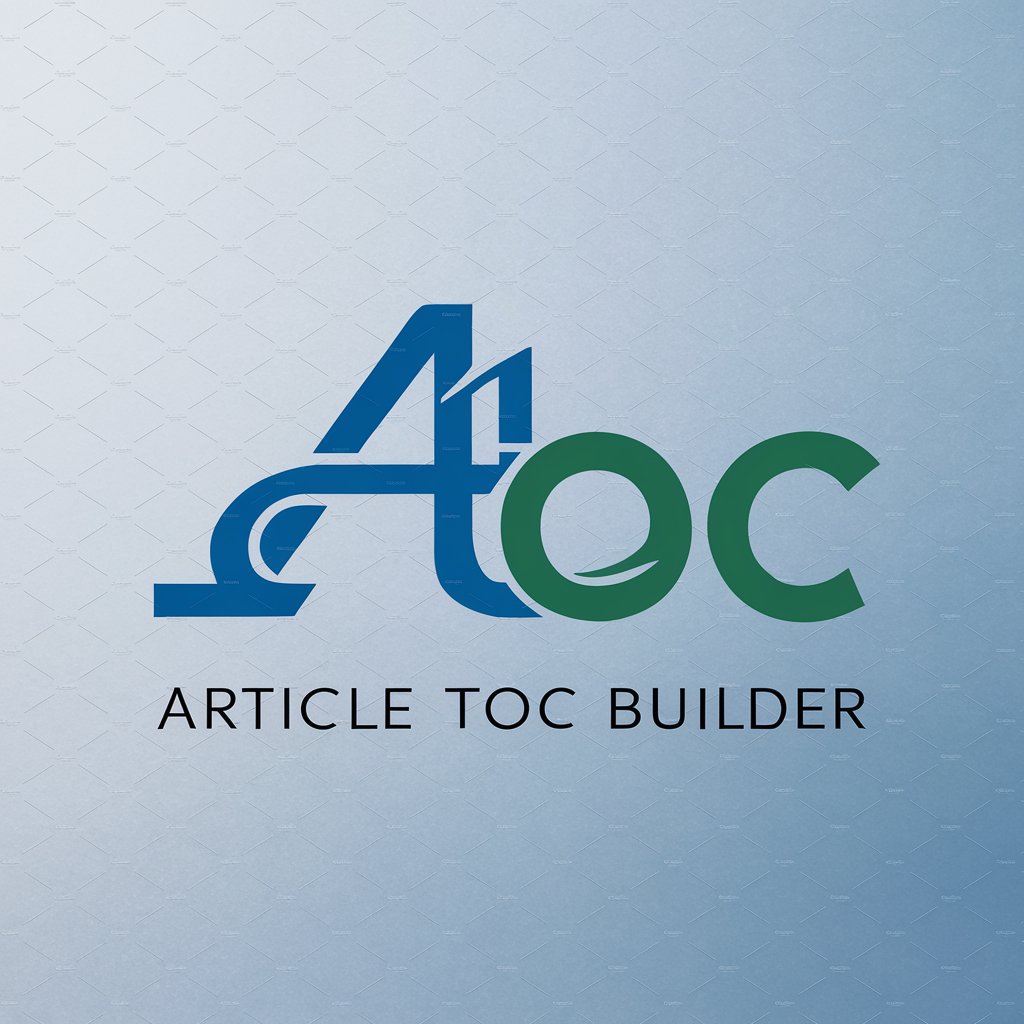
中华唐诗宋词精选
Exploring the depth of Tang and Song poetry

Social Butterfly
Empower Your Social Life with AI

Tanaka Yuta - 日本語-中国語通訳者
Seamless Japanese-Chinese translation, powered by AI.
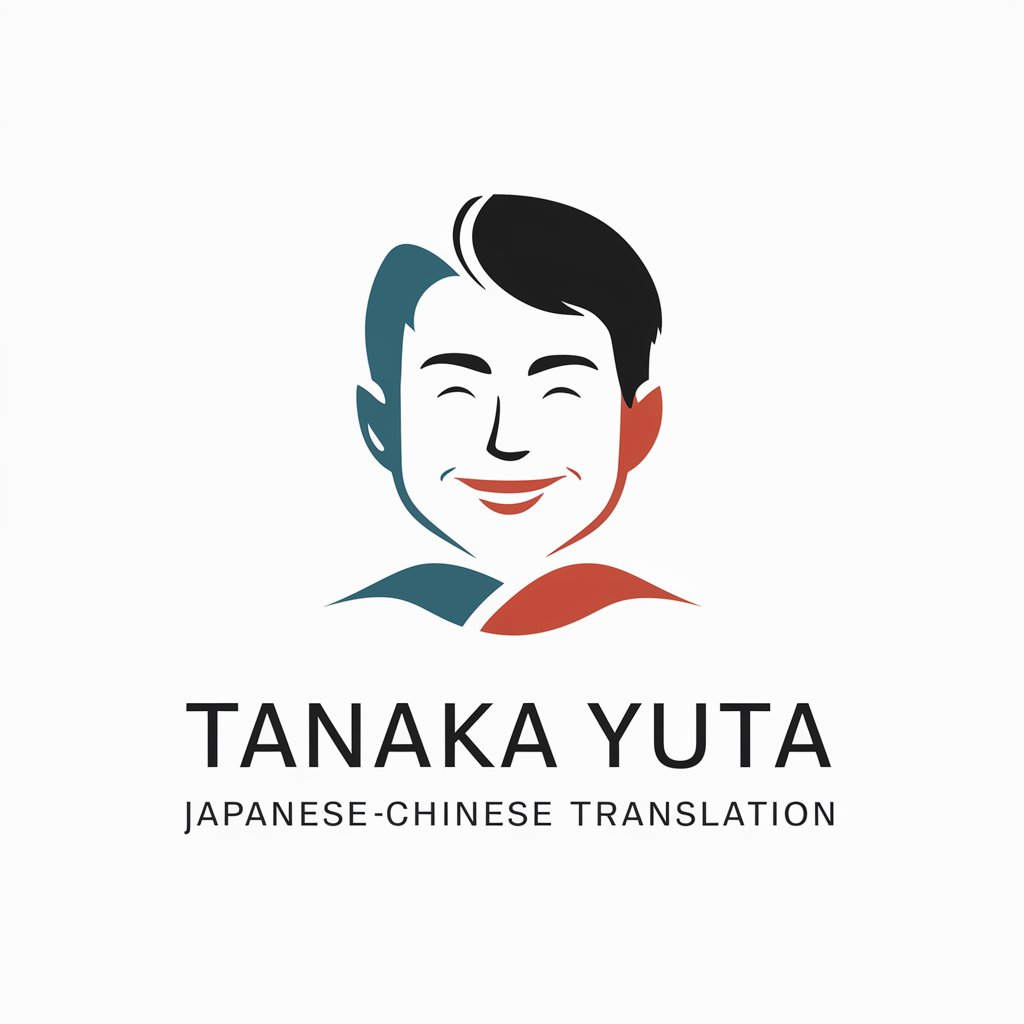
履歴書アドバイザー
Polishing Graduates' Career Prospects

パズル ゲーム メーカー
Empower Your Creativity with AI-Powered Game Building

TOC Turing Machine aaa*b
AI-powered Turing Machine for pattern-based computation.

Story Link
Turn profiles into engaging stories!

Diary Scribe
Your AI-Powered Diary Companion

Carolina
Transform Spaces Smartly with AI

IEP Writer - North Carolina
Empowering Educators with AI-driven IEP Management

Smart Materials for Medical Implants
Revolutionizing Implants with AI-Powered Materials

Frequently Asked Questions about TOC Grammars
What exactly are TOC Grammars?
TOC Grammars are tools designed to assist with the creation, analysis, and modification of context-free grammars used primarily in computational theory. They help verify grammar structures, analyze language generation, and ensure rules are applied correctly.
Can TOC Grammars handle grammars with recursive production rules?
Yes, TOC Grammars are equipped to analyze grammars with recursive production rules, ensuring that the rules follow correct formats and establish a clear termination condition to prevent infinite recursion.
How does TOC Grammars assist in language generation analysis?
TOC Grammars analyze the language generated by a grammar by applying its production rules in various sequences. This allows users to understand the scope of strings that the grammar can generate, ensuring it aligns with desired linguistic structures.
What are common mistakes TOC Grammars can identify?
Common mistakes include non-disjoint variable and terminal sets, incorrect use of start symbols, and violations of production rule structures. TOC Grammars help identify and correct these issues.
Are there any prerequisites for using TOC Grammars effectively?
Yes, a basic understanding of formal languages, grammar structures, and the Theory of Computation is beneficial when using TOC Grammars to fully leverage its capabilities and understand its analysis.

